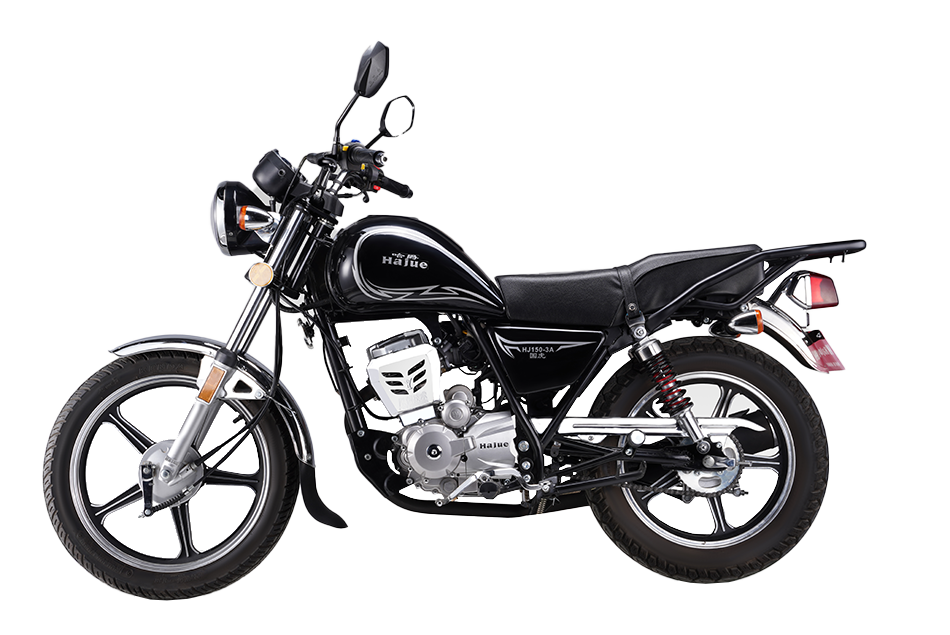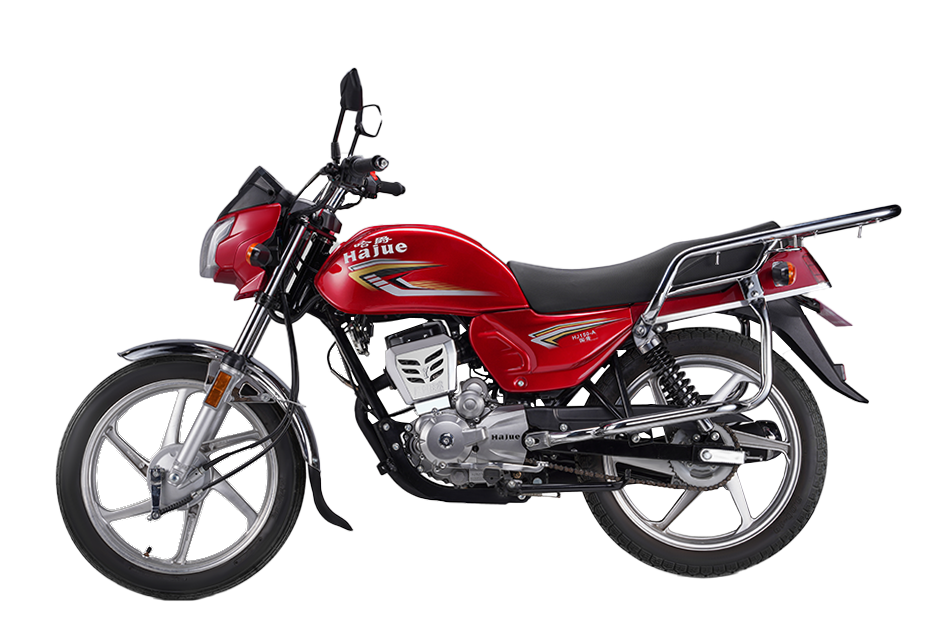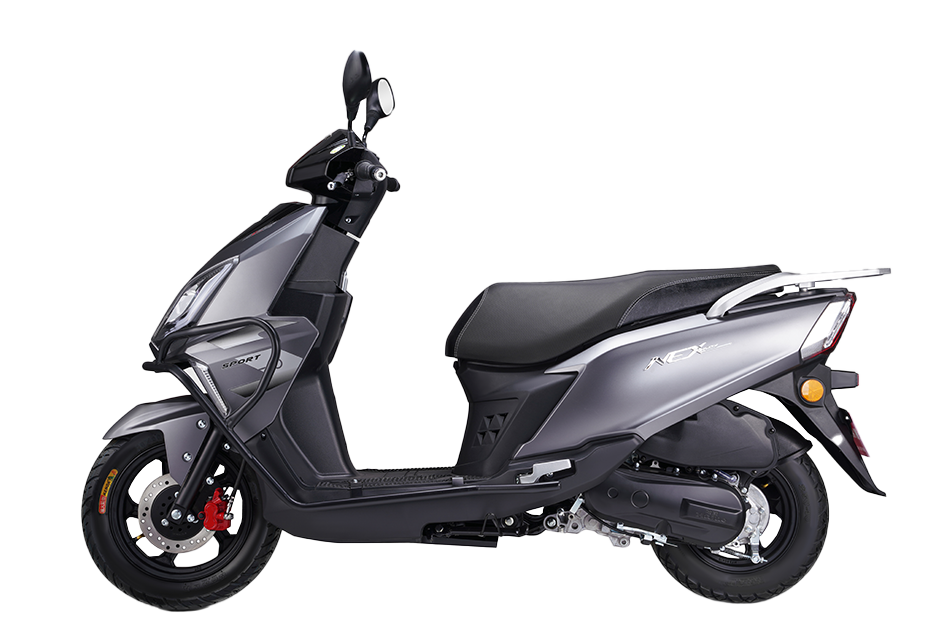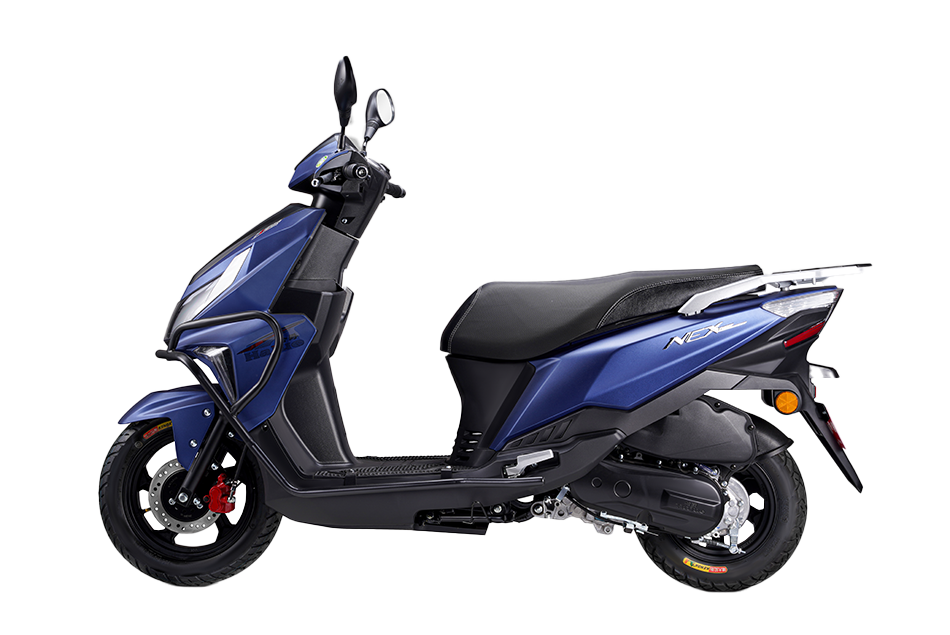motorcycle in the off-road market
**Motorcycle in the Off-Road Market**
The off-road motorcycle market has evolved significantly over the past few decades, attracting enthusiasts who seek adventure and thrill beyond paved roads. This segment of the motorcycle industry caters to riders who enjoy tackling rugged terrains, navigating through forests, climbing steep hills, and crossing rivers. This article explores the characteristics of off-road motorcycles, the market dynamics, the challenges faced by manufacturers, and the future prospects of this exciting segment.
Off-road motorcycles are designed specifically for unpaved surfaces, which means they are built to withstand the rigors of rough terrains. These bikes typically feature larger tires with aggressive tread patterns to provide better traction on loose surfaces such as dirt, mud, and gravel. The suspension systems on off-road motorcycles are also distinct, with longer travel to absorb shocks from jumps and bumps, ensuring a smoother ride even on the roughest trails. Furthermore, off-road motorcycles are generally lighter than their street counterparts, enhancing maneuverability and control in challenging environments.
The off-road motorcycle market has witnessed a surge in popularity, driven by several factors. One of the key drivers is the growing interest in outdoor recreational activities. As people seek to escape the hustle and bustle of urban life, off-road riding offers an exhilarating way to connect with nature. Additionally, the rise of social media has played a significant role in promoting off-road riding culture. Riders often share their adventures online, inspiring others to join the community. Events such as motocross races and trail riding competitions also contribute to the sport's visibility, attracting new participants.
In terms of market dynamics, the off-road motorcycle segment is characterized by a mix of established brands and emerging players. Major manufacturers like Honda, Yamaha, KTM, and Suzuki have long dominated the market, offering a range of models that cater to various skill levels and preferences. These brands invest heavily in research and development to enhance their products, focusing on improving performance, safety, and rider comfort. On the other hand, new entrants are emerging, often focusing on electric off-road motorcycles, which appeal to environmentally conscious consumers.
However, the off-road motorcycle market is not without its challenges. One significant hurdle is the regulatory landscape. In many regions, noise and emissions regulations are becoming stricter, prompting manufacturers to innovate and develop cleaner, quieter models. Additionally, safety concerns related to off-road riding have led to increased scrutiny from regulatory bodies, which may result in more stringent requirements for helmets, protective gear, and vehicle specifications.
Another challenge facing the off-road motorcycle market is the availability of suitable riding areas. As urban development expands, many traditional riding spots are being closed off to riders. This reduction in accessible trails can discourage potential enthusiasts and limit the growth of the sport. Furthermore, the maintenance of existing trails is crucial to ensure sustainable riding practices and preserve the environment. Advocacy for responsible riding and trail conservation is essential to protect these valuable resources for future generations.
Looking ahead, the future of the off-road motorcycle market appears promising, particularly with the advent of electric motorcycles. Electric off-road bikes offer several advantages, including reduced noise, lower maintenance costs, and a smaller environmental footprint. As battery technology continues to improve, the performance of electric off-road motorcycles is expected to rival that of traditional gas-powered models. This shift could attract a new demographic of riders who prioritize sustainability without sacrificing performance.
Moreover, advancements in technology are likely to enhance the off-road riding experience. Features such as GPS navigation, ride-by-wire systems, and advanced suspension settings are becoming more common in modern off-road motorcycles. These innovations not only improve performance but also enhance rider safety and comfort. As technology continues to evolve, we can expect even more exciting developments in the off-road motorcycle segment.
In conclusion, the off-road motorcycle market is a vibrant and dynamic segment of the motorcycle industry, characterized by a diverse range of products and a passionate community of riders. While challenges such as regulatory pressures and limited riding areas exist, the growth potential remains strong, driven by increasing interest in outdoor activities and technological advancements. As the market adapts to changing consumer preferences and environmental concerns, the future of off-road motorcycling looks bright, promising exciting adventures for enthusiasts around the world. Whether one is a seasoned rider or a newcomer, the thrill of off-road riding continues to captivate and inspire.
More content
motorcycle in the off-road market


















